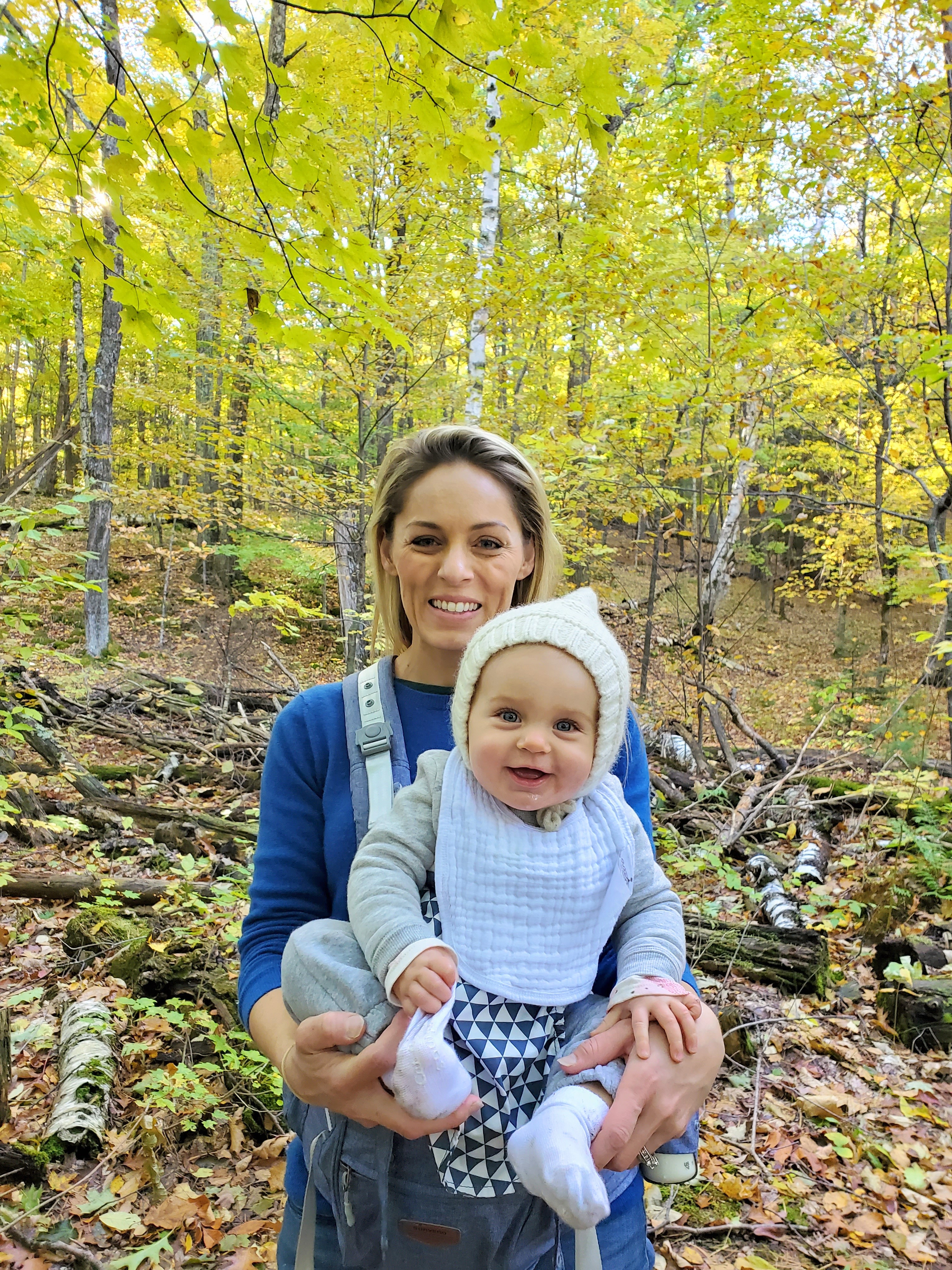Getting ready to start planting? Here are a few things to do first to wake up your garden and get the most out of your plants this year.
Outside of starting a brand new garden, the 2 most laborious tasks of the year are probably the spring and fall clean-ups. And honestly, if you have all of your materials ready and your tools are pulled out and gassed up, this shouldn’t take too long.
Did you do a good fall clean-up last year and plant your winter cover crops or mulch everything (don’t worry, I’ll cover this in a later post so you’re ready this fall)?? Me neither. Well, we cleaned out dead plants, trimmed others back, and pulled any last remaining vegetables and squash, but we didn’t add any compost or mulch or plant cover crops. Let’s be honest, I’d never really thought about what a cover crop is before. In case you’re wondering, it’s a crop grown for the protection and enrichment of the soil. So, let’s start by assuming you didn’t do much either…
- First, if you have kids, get them all out to the garden with their little gloves and tiny shovels and whatever else they feel like using and pull out the dead plants and any big clumps of weeds that have grown (because you forgot to mulch). Some people save these things for the compost pile and some of us throw them into a big pile in the woods in the backyard.

Dont worry, I did not let him pick the sage or chives that came back this spring… - If you are going to do a soil test, this is the time (actually, a couple weeks ago would have been better, but this will do). I have never done one before…partly because I’m a little lazy and partly because I just like to add a bunch of compost and see how it goes. Typically people are testing the pH, nitrogen, phosphorus and potassium in their soil. Based on the results, you can add different types of fertilizer, as certain vegetables do better at different levels. Maybe next year…

Standard soil test found at your local hardware store. - Get out the tiller and go to work. I highly recommend a motorized tiller if you can afford to buy or rent it. If you don’t have one, get out the hand tools, rakes, and shovels and go to town. If you had planted cover crops in the fall or had mulched (think fall leaves or hay, not wood chips), these can be tilled right into the soil to add some of the nutrients back that your garden lost over the winter.

I use a STIHL MM55 tiller that I borrowed from a great friend, but most any type will do… - Add compost and other organic matter like manure and mix/till it in. I also add some herb/vegetable food at this time and it all gets mixed in with the compost. You do not necessarily have to add the plant food, but I tried it for the 1st time last year and the garden did great! It should tell you on the bags how much you should use, but if you’re still unsure, roughly 2-4 inches of compost. **If one of the points of your garden is to provide organic food to your family, remember to only ever add organic products- do not use synthetic fertilizers or pesticides.

Organic Compost and Vegetable Food - Rake your beds smooth to avoid pooling water (drowning plants).
Before Tilling During… After…
If you did this as soon as the soil was workable after the snow thawed, it is recommended to wait a few weeks before planting to let the compost “soak into” the soil. But if you’re like me and you can’t seem to get it together till the end of April, you can plant your spring garden right away. Or you can wait until after the last frost and just start your summer garden.
Finally! Time for seeds and seedlings and planting!!










1 thought on “How to Get Your Garden Beds Ready for Planting”
Comments are closed.